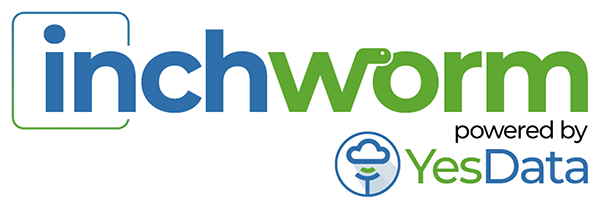Many people know that having an inaccurate or outdated database will cost you time and reputation – nearly a third of all companies who had problems delivering emails say that their customer service suffered from it.
But there’s a more sinister issue involving bad data that fewer businesses understand: the loss in marketing productivity from an inaccurate database. Business owners and sales reps limit their potential revenue growth by not cleaning up bad data.
The shadowy menace to your marketing ROI
You wouldn’t be happy with an employee going to a movie or sporting event without a potential client. If a vendor didn’t ship your office supplies on time or accurately, you would find a new provider. These are obvious problems with a business that can be addressed and rectified.
Unfortunately, bad data is not this type of problem. It isn’t always obvious that you have bad data, and the effect might take months or even years to truly show up on your bottom line. It’s also problematic because it often comes in tandem with positive results: a successful social media campaign or a new blogging initiative that brings in leads and subscribers. You may be so excited about your newly full sales funnel that you forget to consider the quality of your data.
In the end, neglecting the health of your data will cost you – it’s only a matter of how much you let it affect you. Fortunately, there are a few ways to rectify the problem.
Ways to correct bad data
Being aware of bad data is essential, but you still have to correct it. How do you make sure bad data doesn’t take away from the effectiveness of your marketing campaigns? Here are a few ways:
- Send to your list often. Each email marketing message sent to your subscriber list is a way to identify inaccurate names on your list. The more you send to your list, the less likely bad data is to creep in.
- Use an email automation provider with a higher threshold for bounces to test new lists or databases that you have acquired recently. This can help you identify a large amount of bad data all at once.
- Work with a company that can provide top-notch data cleaning services. Their cleaning should be backed by a large, verifiable database of contacts.
Bad data’s impact on your business comes from many small cuts instead of a single gaping wound. However, once you know about it, it’s easy to treat the issue and ensure that your revenues continue to grow.
Take the next step with YesData, the leader in B2B leads.

